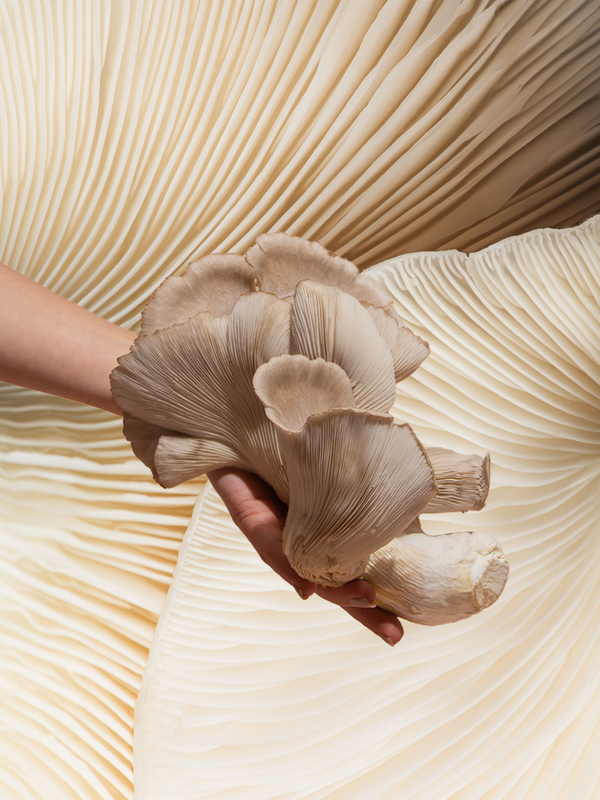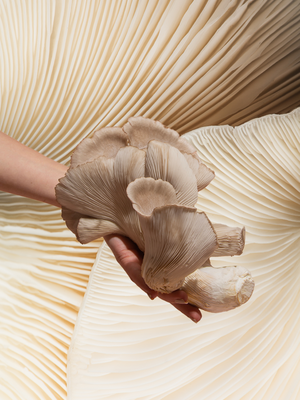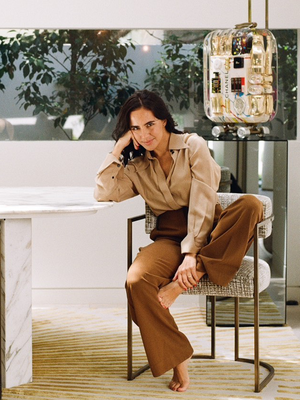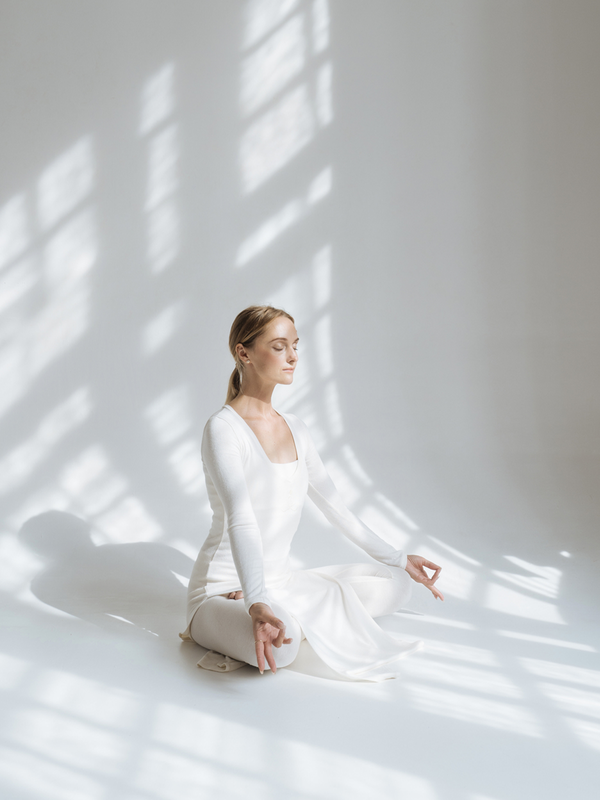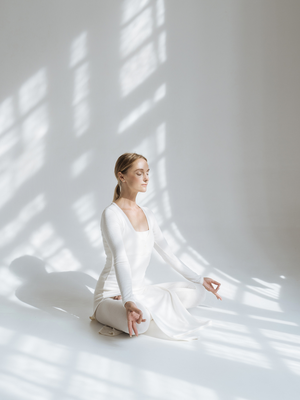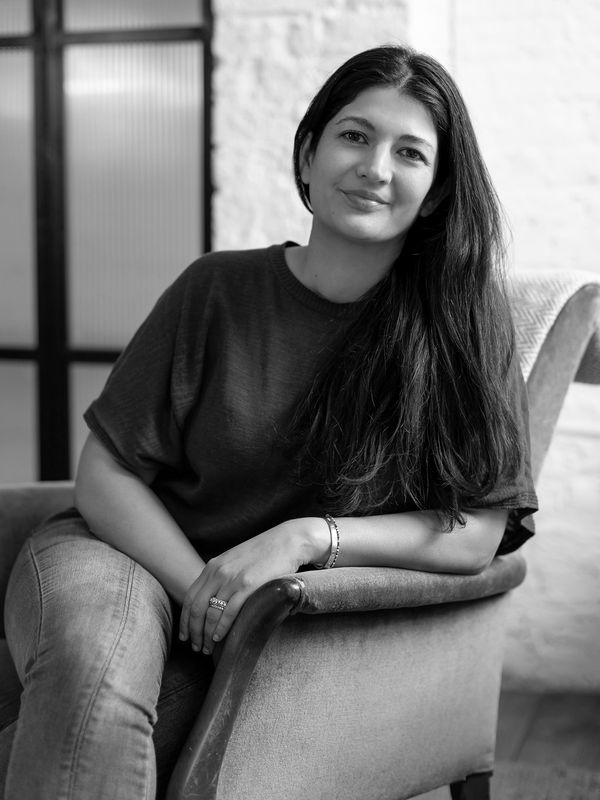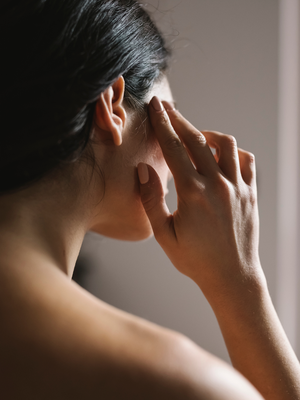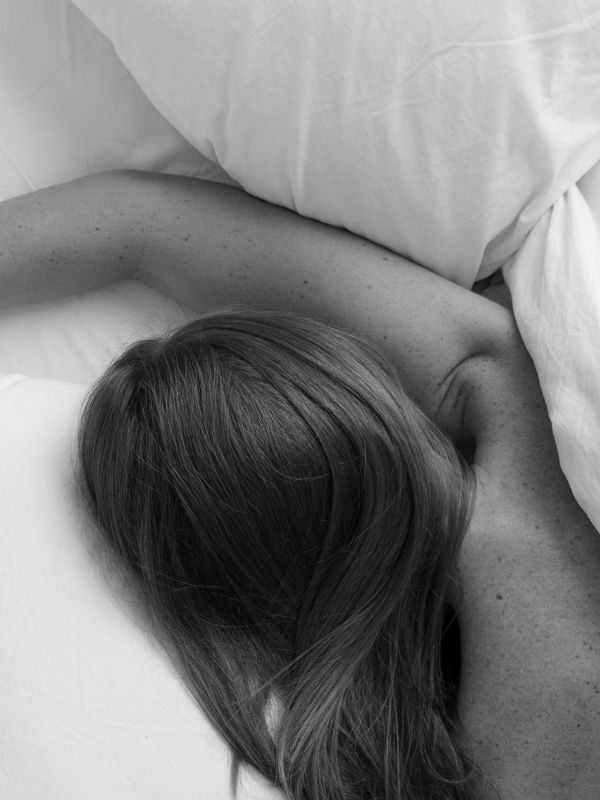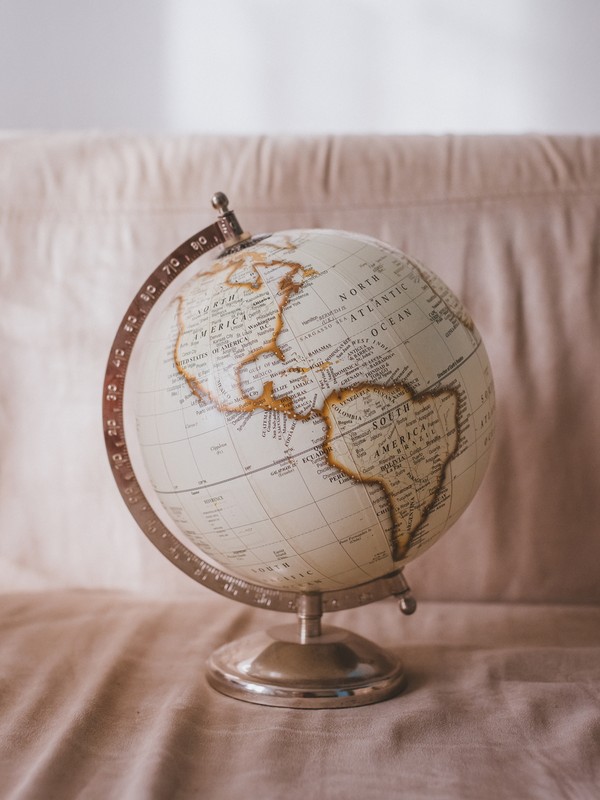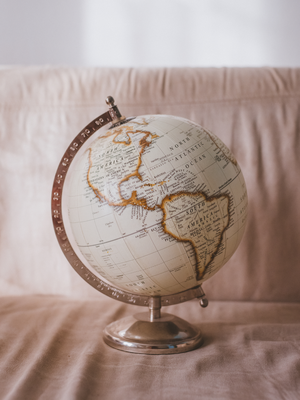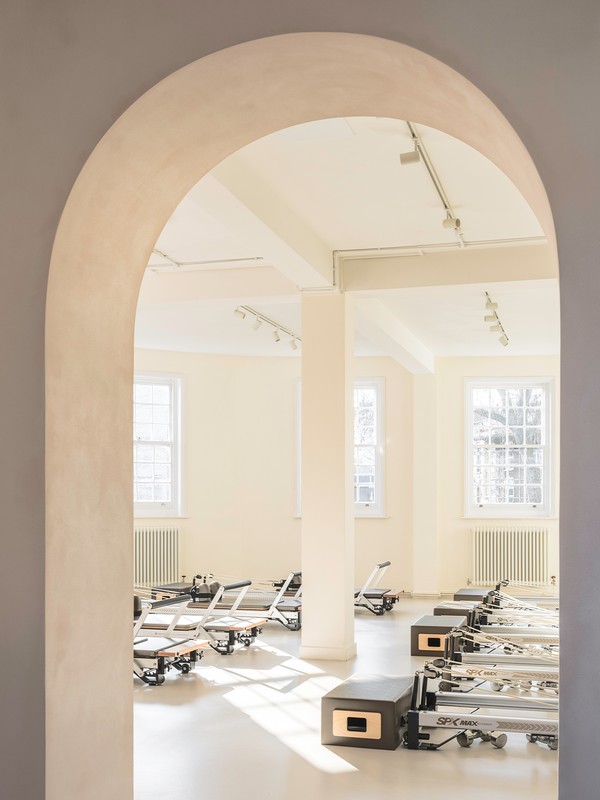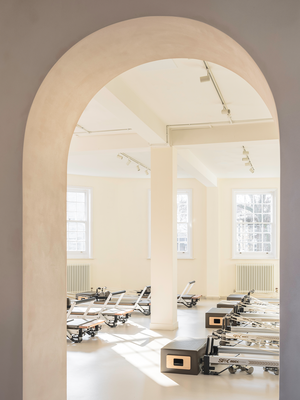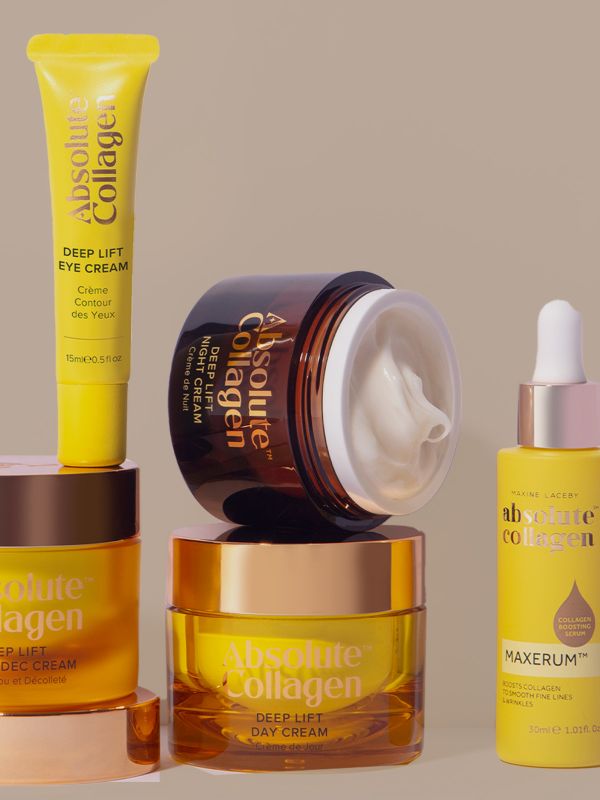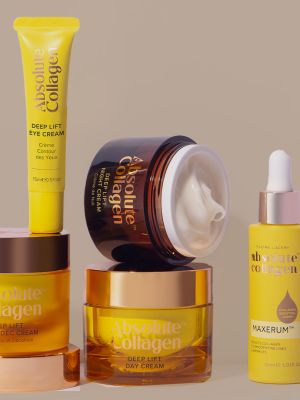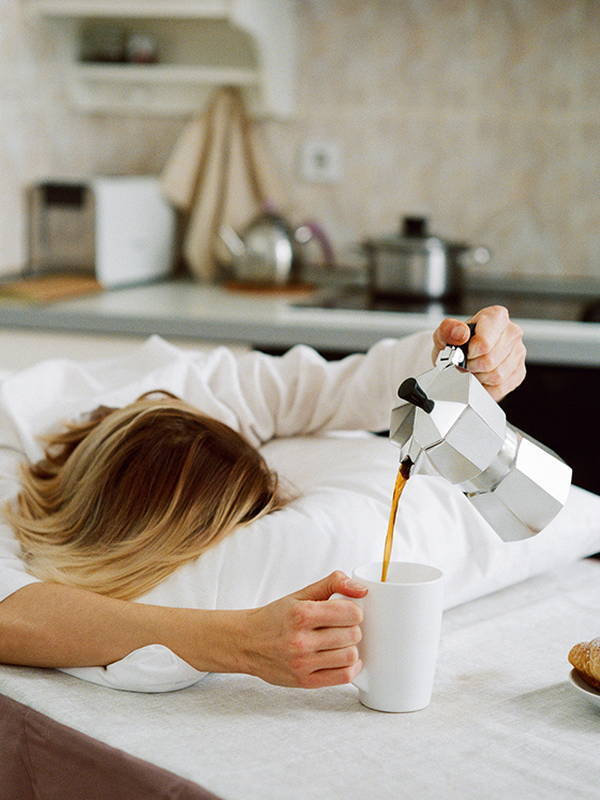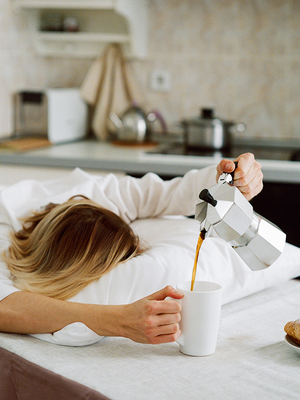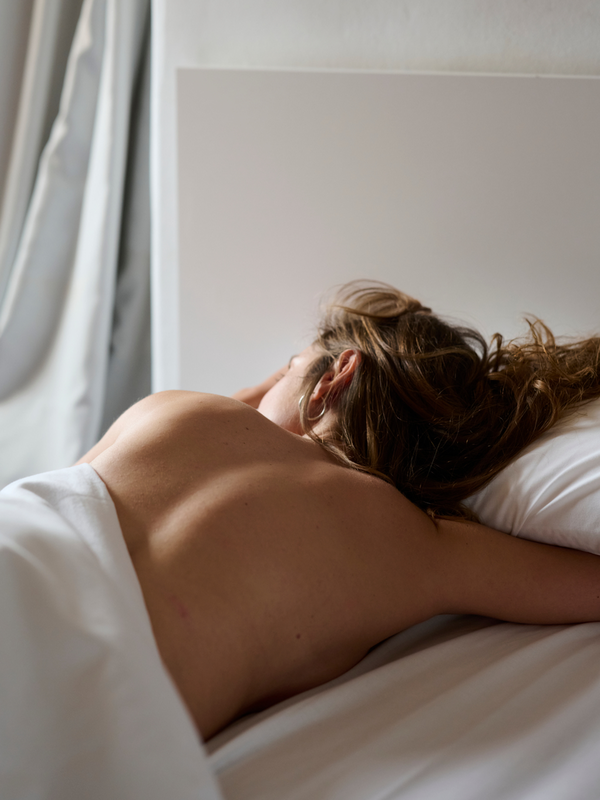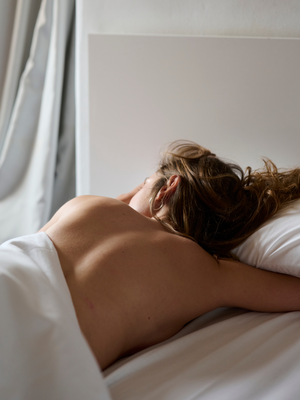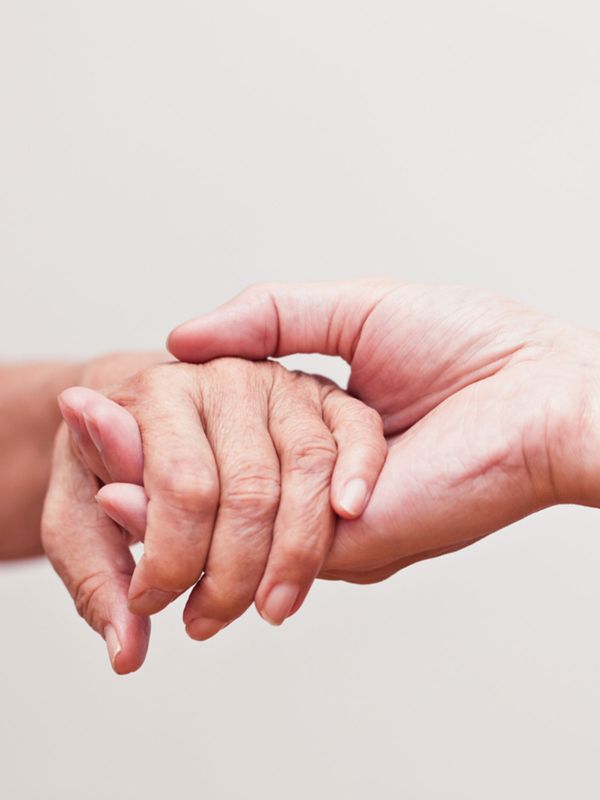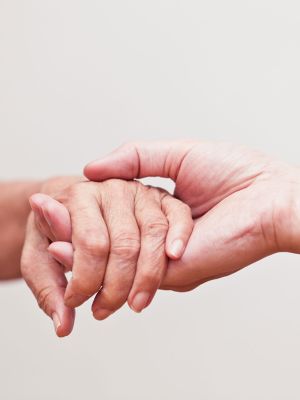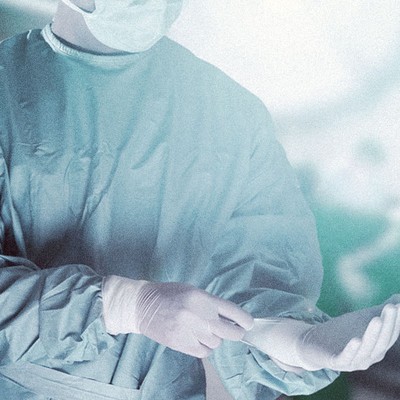
Coronavirus: What You Need To Know Now
First of all, how dangerous is this virus compared to March?
The virus is no less dangerous than it was in March, although it could become less so in the long term. What is different is that because we are more aware of the virus and its dangers, we have changed our behaviour and have brought it more under control. If we lapse back into old habits then there’s a definite risk of resurgence and spikes in infection and death rates. The reassuring thing is we have far fewer patients in hospital with Covid-19 at the moment, and the death rate has dropped dramatically. It’s just important not to become complacent.
Is it true that viruses tend to lose their power over time?
This can certainly be the case. Viruses cannot survive outside their host, and with Covid-19, humans are their host. Viruses often become less virulent with time, as otherwise they would kill off their host species and therefore also kill themselves off. We are not yet at that point, but that is a possible outcome in the future.
They say the death rate has returned to “normal” in the UK. Can you explain what this means?
The real impact of Covid-19 is best measured by looking at what we call “excess” deaths. This means we look at the average number of deaths in a particular week over the last few years and how many more happened this week. This week was the first week where deaths fell below the five-year average since the Covid-19 pandemic began – it tells us that the virus is more controlled than it was when the UK outbreak began. It also fits with what we’ve seen in local hospitals, where intensive care unit admissions from Covid-19 are few and far between at the moment, and fewer patients with Covid-19 positive swabs are attending A&E.
Is there a possibility other individual cities will be locked down again?
Now that we are coming through the initial crisis phase, we are facing a new one – the impact on our economy. It’s not really possible yet to comprehend what this could look like. We now have to balance controlling the virus with revitalising the economy, and a further nationwide lockdown would be catastrophic in terms of our economic progress. Over the last few months, the government has improved its ability to test and track regional patterns of virus infection. This means it can identify developing infection hotspots, and implement local lockdowns. This does mean stricter measures for cities like Leicester at the moment, but it minimises the risk of that hotspot spreading further afield and a second nationwide spike. Local lockdowns will be key to our management of the pandemic in the coming months.
Does wearing a face mask in public stop you catching the virus?
There isn’t a single measure that will make you virus-proof. Wearing a face mask is most useful when everybody does it. If you wear a face mask but someone standing next to you who is infected doesn’t, there is still a 70% chance of them passing it onto you. If the infected person wears the face mask and the non-infected person doesn’t, that risk goes down to 5%. If both parties wear a facemask the risk reduces to 1.5%. These are the stats with ordinary disposable surgical face masks, rather than N95 or FFP masks. What is also important to remember is that when you are wearing a face mask you shouldn’t touch it, play with it, adjust it – many people who aren’t used to wearing one can’t stop doing this and can actually increase the risk of catching the virus. Personally, I hope wearing a mask is enforced in all public spaces, but for the time being, social distancing and hand hygiene are the most important measures to take to protect yourself and others.
How does the 1m rule keep everyone safe?
We now know that asymptomatic spread of Covid-19 is very uncommon. But if someone coughs, sneezes or speaks close to you, that can generate aerosols containing the virus which you then breathe in. We know that if someone stands within 1m of someone else, the risk of infection is around 13%. If they are over 1m away that drops to around 3%. While the risk would be less at 2m than at 1m, the difference is less marked than say between 0.5m and 1m. From a business viability standpoint, retail and hospitality companies would not have been profitable with a 2m social distancing rule. With 1m it allows businesses to reopen and the economy to begin to rebuild, while still keeping the risk minimal. We do know that the risk is considerably lower in outdoor spaces, and it’s still advisable that in settings where it is possible to maintain a greater distance, we should.
Is there any evidence to suggest the virus is seasonal?
Some early data coming from the US compared infection rates in hot states like California and Texas with those in cold states like New York. It found that despite California having its first cases before New York, it only had a fifth of the number of cases and 10% of the number of deaths. Scientists there believe that for every 1°C increase in temperature, there is a 2% reduction in transmission. The pattern however isn’t quite so clear cut, with some hot and humid countries currently experiencing increases in their cases. So while it is possible that heat will reduce transmission, we shouldn’t use it as an excuse to become complacent.
What’s the current advice for the elderly or vulnerable?
If you are vulnerable you do need to continue to take precautions, but the rules have relaxed slightly. You can now leave the house provided you are outside and maintain strict social distancing, except with members of your own household. If you live alone, then you can choose to spend time outdoors with one other person who is not a member of your household. From 6th July, these measures will relax further, and you will be able to meet up to six people from other households outdoors. You will also be able to form a support bubble with another household, including spending time there overnight. From 1st August, provided there are no setbacks, measures will relax further and you will be able to return to work (if you’re unable to work from home), go to the shops and to places of worship. But the advice to maintain social distancing will remain in place.
What do we know about the different groups who are susceptible to the virus?
The ICNARC (Intensive Care National Audit & Research Centre) data certainly seems to show that BAME individuals have a predisposition for severe illness with Covid-19. For example, we know that over 90% of doctors who died of Covid-19 during the pandemic were from BAME backgrounds. An investigation has been conducted into the impact of Covid-19 on BAME communities, after it was discovered that people from black and Asian backgrounds had the highest death rates. People of Bangladeshi origin had twice the risk of dying compared with someone of white British ethnicity. Unfortunately, we know that healthcare inequalities do exist, even in this day and age. While this could be contributing there are also other factors like socio-economic inequalities, differing risks at work, and also the impact of other diseases such as diabetes, obesity, high blood pressure and asthma. We also know that vitamin D deficiency markedly increases your risk of developing severe Covid-19 symptoms. Vitamin D deficiency is more common in the BAME population, as their skin’s higher melanin content means they absorb less UV radiation and therefore produce less vitamin D.
Is there any reason to limit contact with children you don’t live with?
We know that children are at low risk of suffering badly with Covid-19, but what’s not yet clear is the impact of children on transmission. Schools and nurseries have implemented strict structures to minimise the risk of spread between children, and most have created bubbles within the school to help this happen. If you are vulnerable or elderly, then it is prudent to be careful. But we now have emerging studies which suggest that children are rarely the first person to bring the virus into a household. Take the opportunity to teach them good hand hygiene and spend time with them outdoors where possible. This pandemic has been particularly difficult for children – it’s important for them to return to education and to have social interaction again – we just need to be considered in how we do it.
How sensible is it to stay at a close family member’s house overnight?
It is now permitted for adults who live alone to form a social bubble with another household, and this can include staying overnight. It’s important to take sensible measures to decrease risk – consider bringing your own bed linen for example, and wash it afterwards. Continue to practice good hand hygiene. Make sure that before you meet up neither party is unwell in any way. The important thing to remember is that if one member of the bubble gets symptoms of Covid-19, then you will all need to self-isolate.
What are the medical risks when it comes to dating right now?
Dating is going to raise some interesting questions moving forwards. Rather than sitting next to each other on a couch in a bar, at what point will it become socially acceptable to enter each other’s personal space? There are the obvious risks of aerosol transmission as discussed above, but when we kiss or have sex we come into even more intimate contact. The chances of contracting the virus by kissing someone who is infected would be high. My advice would be to stick to dating one person at a time and don’t hop from partner to partner, as the risks of that behaviour could be high and you could be at the centre of your very own virus hotspot.
By resuming international travel are we risking a second wave?
Planes actually have better air quality than most offices. The air on a plane is completely changed every two minutes, which is reassuring. But what we do know is that when it comes to spreading other viruses (such as the common cold or flu), the passengers most at risk are those within two rows in front or behind an infected person, and in the row to the side. It is going to be impossible for airlines to block entire rows of seats, which is why wearing a mask while flying is so important. In an airport and on a plane there are also many surfaces which are touched by multiple people, so good hand hygiene is crucial. Also, be extremely careful when choosing where to fly to – monitor local infection rates and make a judgement call. The onus is on airlines and airports to effectively screen their travellers. Probably the biggest risk is that a second spike happens while you are on holiday, the country closes its airspace and you get stuck and/or have a lengthy quarantine – most of us cannot afford that much time out. There are also so many beautiful places to see in the UK, and taking staycations will help to boost the UK economy.
There are worrying reports about the US buying up medical supplies. Can you tell us more?
This is definitely concerning. The latest news is that the USA has bought almost the entire world supply of remdesivir, a drug which seems to reduce the duration of Covid-19 symptoms in clinical trials. The USA has a vast population and is, of course, one of the world’s wealthiest nations. By bulk buying they are depriving other countries of resources to protect and treat their population. That’s an issue even for wealthy but smaller countries like the UK who need lower volumes of stock, but it’s an even greater issue for less developed countries who will be unable to compete with the USA when buying PPE and medication.
What’s the latest update you can give us on a vaccine?
There are now over 200 vaccines in development around the world. A vaccine is extremely complex to develop, and the process usually takes several years. The scientists at Oxford University have been able to modify an existing vaccine, and they seem optimistic. One scientist has quoted an 80% chance of this being successful by September, and another scientist has quoted 50% – either way, those are positive numbers. The UK has already ordered 30m doses. If it’s successful, it will probably be given to vulnerable people first, and would not be given to anyone who has already had the virus due to the risk of immune reactions.
Is a vaccine the only way to eradicate Covid-19 for good?
The hope is that this would be enough to control the current outbreak, although complete eradication of Covid-19 is unrealistic at present. Although this may be possible in the long-term it would require vaccination programmes all over the world including in less developed countries without the resources to pay for expensive new vaccines. My verdict is that I’m hopeful, but there are no guarantees.
Dr Sophie Shotter returned to work on the ICU as part of the Maidstone & Tunbridge Wells NHS Trust during the coronavirus crisis. Normally, she is a cosmetic doctor at IlluminateSkinClinic.co.uk
DISCLAIMER: We endeavour to always credit the correct original source of every image we use. If you think a credit may be incorrect, please contact us at info@sheerluxe.com.
